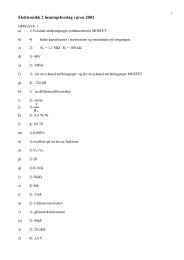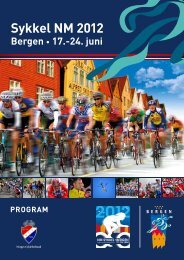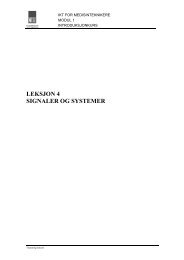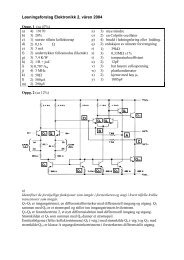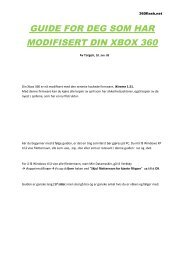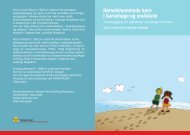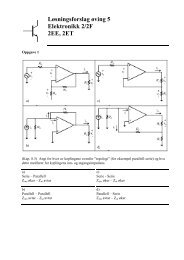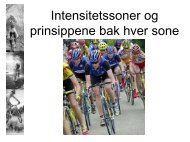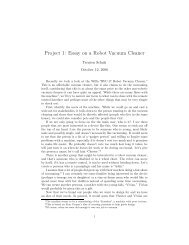The Online World resources handbook
The Online World resources handbook
The Online World resources handbook
Create successful ePaper yourself
Turn your PDF publications into a flip-book with our unique Google optimized e-Paper software.
Your first trip online. Typical pitfalls and simple solutions http://home.eunet.no/~presno/bok/v3.html<br />
<strong>The</strong> term "strip"<br />
<strong>The</strong> purpose of 'strip' is to remove something from incoming data or to change it on the<br />
fly.<br />
When you use ASCII downloading with Procomm, ALL incoming data are being stored.<br />
This includes so called ESCape sequences. If you use File Logging, all control<br />
characters (except the line feed and new page characters) are being removed (filtered).<br />
If you download text from a computer that uses other ASCII characters for linefeed and<br />
return, save time by having the communications program convert them on the fly to their<br />
correct form for your computer.<br />
You define strip procedures through Procomm's SetUp menu (ALT S). You can also<br />
request automatic conversion of characters to graphics values, or local language<br />
variants.<br />
National characters<br />
Special national characters cause problems in many countries. One reason is that they<br />
are represented by different internal codes on various hardware platforms, and that some<br />
networks are unable to transmit 8 bits data.<br />
Some systems represent these special characters by a 7 bit code, others by an 8 bit code.<br />
Some depend on the computer having an internal national language ROM, or that it uses<br />
a special (resident) conversion program.<br />
What gives good results on an MS DOS computer, may give rubbish on a Macintosh,<br />
Amiga, Atari, or a PC using MS Windows.<br />
Many communication programs have features that can help you solve at least some<br />
these problems. <strong>The</strong>y let you make translation tables for automatic conversion of special<br />
incoming and outgoing characters.<br />
If you call a Scandinavian online service using 7 bits even parity, many transfer the<br />
national special characters using the ASCII code equivalents of number 91, 92, 93, 123,<br />
124, and 125. Similar, more or less formal standards are in place in other countries.<br />
Protocol transfers<br />
If your purpose is to transfer digitized pictures, a computer program, a batch of invoices,<br />
a piece of music or an animated sequence of pictures, it's important that each character<br />
(bit) arrives correctly. We achieve this by using protocol transfers.<br />
<strong>The</strong>se files often contain control or binary characters. You cannot transfer binary files<br />
without the use of special methods.<br />
It is easy to understand why we need protocol transfers when retrieving plain text as<br />
tables of numbers, statistics, and financial reports. Transfer errors may have fatal results.<br />
Protocol transfers are also required when transferring word processor text files having<br />
imbedded control codes (like text made with WordPerfect), and compressed files.<br />
Here is an example:<br />
Downloading public domain software<br />
First, you need the names and features of the programs that can be downloaded from a<br />
10 of 14 23.11.2009 15:50



